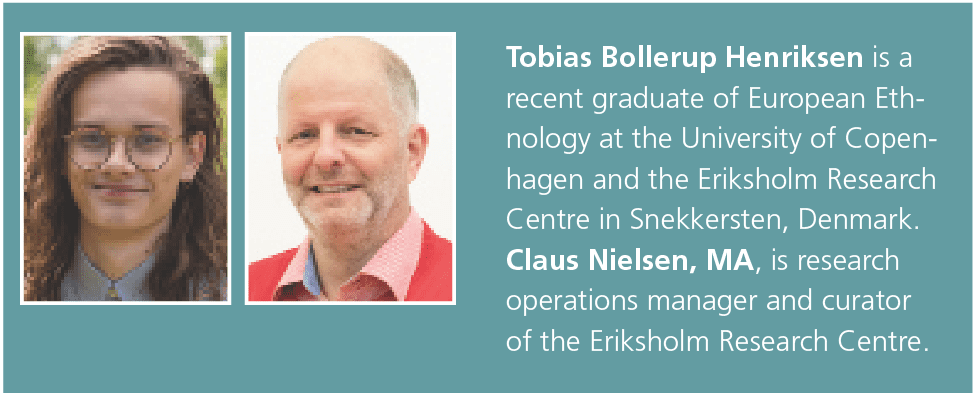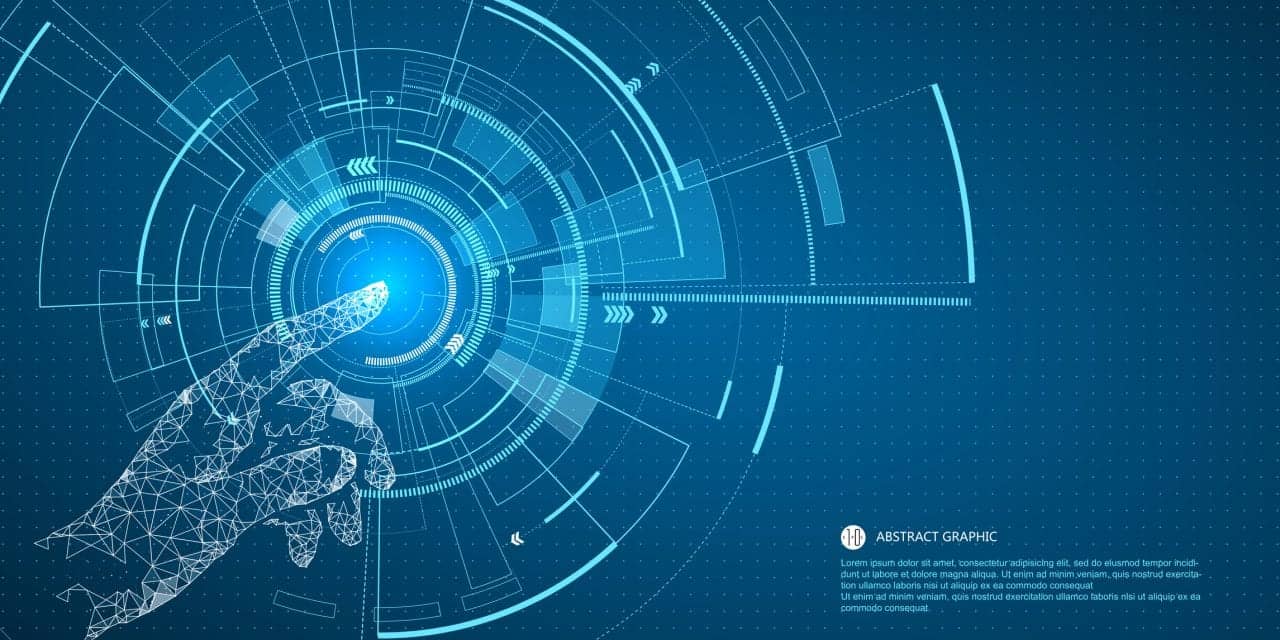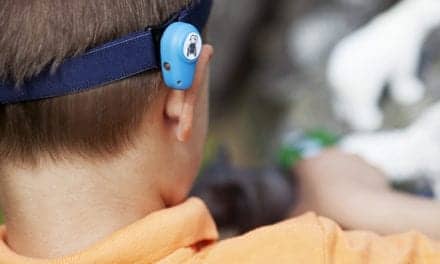Tech Topic | January 2022 Hearing Review
By Tobias Bollerup Henriksen and Claus Nielsen, MA
People who adjust well to their hearing aids, and rely on them throughout the day, often come to see them as an indispensable (albeit sometimes inconvenient) digital companion. As hearing aid technology advances and wireless devices become even more integrated into our digitally aided landscape of perception, this idea of indispensability may grow even stronger.
In this fourth article of our 5-part series, we focus on the hearing aid user and their viewpoint of the hearing aid as being more-or-less an integral part of their body. In previous articles we have demonstrated how side effects have changed and disappeared with the technical evolution of the hearing aid,1,2 and how seemingly trivial sound experiences can significantly enhance a person’s quality of life.3
As hearing aids become increasingly advanced and complex, they change the way they impact the life of the users. Looking at historical data, based on over 40 years of working with and soliciting reactions from hearing aid wearers during studies at Eriksholm Research Centre in Denmark, this article looks at the relation between hearing aids and the users’ bodies, and how this has changed over the years.
Hearing Aids as Part of the Body
In a previous article,2 we showed why hearing aids are sometimes perceived by users as part of the “good life,” allowing them to hear the small but important sounds of everyday life. In order to hear these sounds, it is important that the hearing aid is experienced as a well-integrated part of the body in the user’s everyday practices, with not too much attention paid to the inconveniences (eg, getting used to the new sound and feel, changing batteries/recharging, etc). However, the experience of integration is not a “given,” and our data contains lots of examples of people describing various uncomfortable situations:
“The hearing aids, the last ones I got: It did not take long to adjust the left hearing aid according to your instructions. Since then, I have used these hearing aids a few times, but since they are not the most comfortable things to wear (they press a little too much, maybe take up a little too much space [in my ear]), I honestly have to force myself to use them. I do not think that the acoustical improvement outweighs the disadvantages. First, the left hearing aid tends to whistle, like my old hearing aids, when I “make faces” (tighten the facial muscles) and when I eat. I think it’s because of the way my ear is built. The hearing aid is forced a little out of the ear during the mentioned movements (with my old hearing aids I would have to turn down the volume).” —1994, male, 70 years old
“Just got home from holiday. The time has come when I have to ask you to look at my hearing aids; there are unfortunately now problems with both of them. The left hearing aid has intermittent sound. I have to turn on the switch, and manipulate it with very small and careful movements in order to hear. The right hearing aid has worked smoothly so far, but has now suddenly stopped working this morning? I have had a problem with the heat this summer, as I sweat a lot from my head, and it flowed into the hearing aids when the sweat ran down behind my ears. Luckily, I still have my old in-the-ear hearing aids, and then changed to them when it got too hot, as they do not sit behind the ears. Could this heat problem have something to do with it?” —1997, male, 64 years
Side effects have become significantly fewer, but acquiring and using a hearing aid is still very much about getting used to having a small physical device behind or in the ear, as well as the sound it provides. This matter—or at least dealing with the acceptance of being hearing impaired—has been the subject of study by sociologist Lesley Jones in “Wounded or Warrior? Stories of Becoming Deaf.” In this chapter describing narratives about deafness, she distinguishes between two ways of dealing with being or becoming deaf or hearing impaired, either as “wounded” or “warrior.”4 The wounded refers to a person dealing with hearing impairment as a sort of loss, while the warrior refers to viewing it more as a premise. Either way, the self-narrative of being or becoming “hearing impaired” plays a crucial part of daily life with hearing aids:
“People’s bodies seem to represent fundamental aspects of their cherished sense of self and when changes occur in their physical bodies then it has implications for their sense of self, their well-being and happiness. Whilst the physiology of deafness has a number of common features, the experience of being and becoming deaf is highly varied and far from predictable. The stories deaf people tell reflect a wide variety of experiences of selfhood, citizenship, social, ethnic, and cultural diversity. For some deafness can mean marginalization and exclusion, for others acknowledging one’s Deafness is a key issue of belonging and collective action in the battle for linguistic and cultural equality [Lesley Jones, p 200].”
This is interesting as Jones unfolds how narratives, technology, and bodies are not separated units in daily practices; rather, they’re intertwined and entangled. This “entanglement” can be very useful both in understanding modern hearing aid users, as well as discussing body, technology, and discourses in a much broader context.
Adaptation and the Cyborg Concept
Even though in our previous articles we have cited the many examples of side effects and inconvenient situations brought on by hearing aid use (past and present), there are also a lot of examples of people feeling well integrated with their hearing aids—even to a point where they forget about wearing the aids or think of them as indispensable items. This can be seen as an expression of both hearing aids delivering sound quality on a very high level and without notable side effects, as well as hearing aid users who have found a way of living their specific good life with their hearing aids.
“It’s unbelievable how fast I forget how bad I hear without hearing aids. If I do not think the hearing aids help, I take them out and get a shock at how little I can hear without.” —2014, woman, 68 years
“The hearing aids feel comfortable to use. I feel a pressure in my ears when I’m not wearing them—it’s like salt that destroys food when you forget to put them in.” —2010, male, 81 years
“…I may not think as much about having a hearing aid anymore—it’s like it’s becoming a natural part of me. However, I have been made aware by my wife of something I had not even noticed: I have started whistling again!” —2004, male, 57 years
“Attached, I send my hearing aid according to [our] telephone agreement. Unfortunately, I accidently went into the water with it, and now it is broken.” —2000, female
These examples are interesting as they suggest that integration between hearing aid and the users’ bodies and everyday life are not just achievable but common. Hearing aids turn away from being prostheses and rather in the direction of a useful and smart part of everyday routine—not unlike so many other technological devices that are part of many people’s modern lives.
An If This Then That (IFTTT) system is an expression of the hearing aid as something with great potential for integration and inclusion in various everyday practices.5 However, this potential depends on the integration between body and hearing aid—an integration that is more and more commonly described in everyday scenarios. The hearing aids as an integral part of the users’ bodies leads to thoughts in the direction of the classic work A Cyborg Manifesto by feminist theorist Donna Haraway:
“Communications sciences and biology are constructions of natural-technical objects of knowledge in which the difference between machine and organism is thoroughly blurred; mind, body, and tool are on very intimate terms.”6
Haraway’s cyborg metaphor is an interesting and perhaps useful way to conceptualize the successful modern hearing aid user. As the hearing aids become more and more like intelligent computer systems integrated in daily life, the divide between subject and object, between device and body, becomes increasingly blurred in everyday practice. The activities that define everyday life are performed as a united, interdependent process between the body and technology.
Those hearing aid users who experience the hearing aid as an integral part of their body might be the ones who have an increased ability to hear nuances in sounds and thus take part in social situations. And, in the best scenarios, experience an increased quality of life. Being a hearing aid user doesn’t have to lead to a reduction in quality of life, rather it can be the start of a process of becoming comfortable with the hearing aid as a natural part of the body.

CORRESPONDENCE can be addressed to Claus Nielsen at: [email protected].
Citation for this article: Henriksen TB, Nielsen C. 40 years of consumer comments: Will hearing aids become an integral part of our bodies? Hearing Review. 2022;29(1):14-15.
References
- Nielsen C, Henriksen TB. 40 years of sound processing as described by hearing aid users. Hearing Review. 2021;28(6):12-13.
- Nielsen C, Henriksen TB. The ‘good life’: What 40 years of consumer comments suggest about hearing aid use. Hearing Review. 2021;28(9):28-31.
- Nielsen C, Henriksen TB. 40 years of consumer comments: Making hearing aid feedback and occlusion past history. Hearing Review. 2021;28(11):28-30.
- Jones L, Bunton R. Wounded or warrior? Stories of becoming deaf. In: Hurwitz B, Greenhalgh T, Skultans V, eds. Narrative Research in Health and Illness. 1st ed. BMJ Books;2004:189.
- Beck DL, Nelson T, Porsbo M. Connecting smart hearing aids to the internet via IFTTT. Hearing Review. 2017;24(2):36-37.
- Haraway DJ. A Cyborg Manifesto. In: Haraway DJ, ed. Manifestly Haraway. 1st ed. University of Minnesota Press; 2016.





